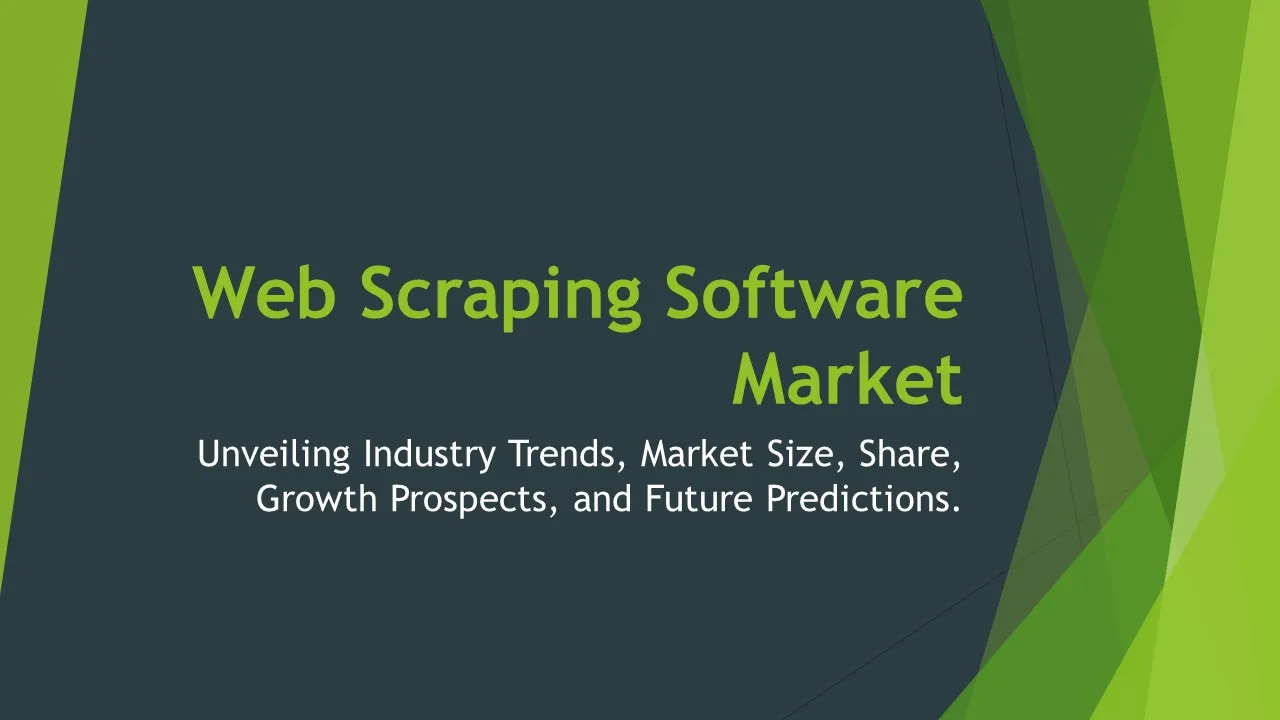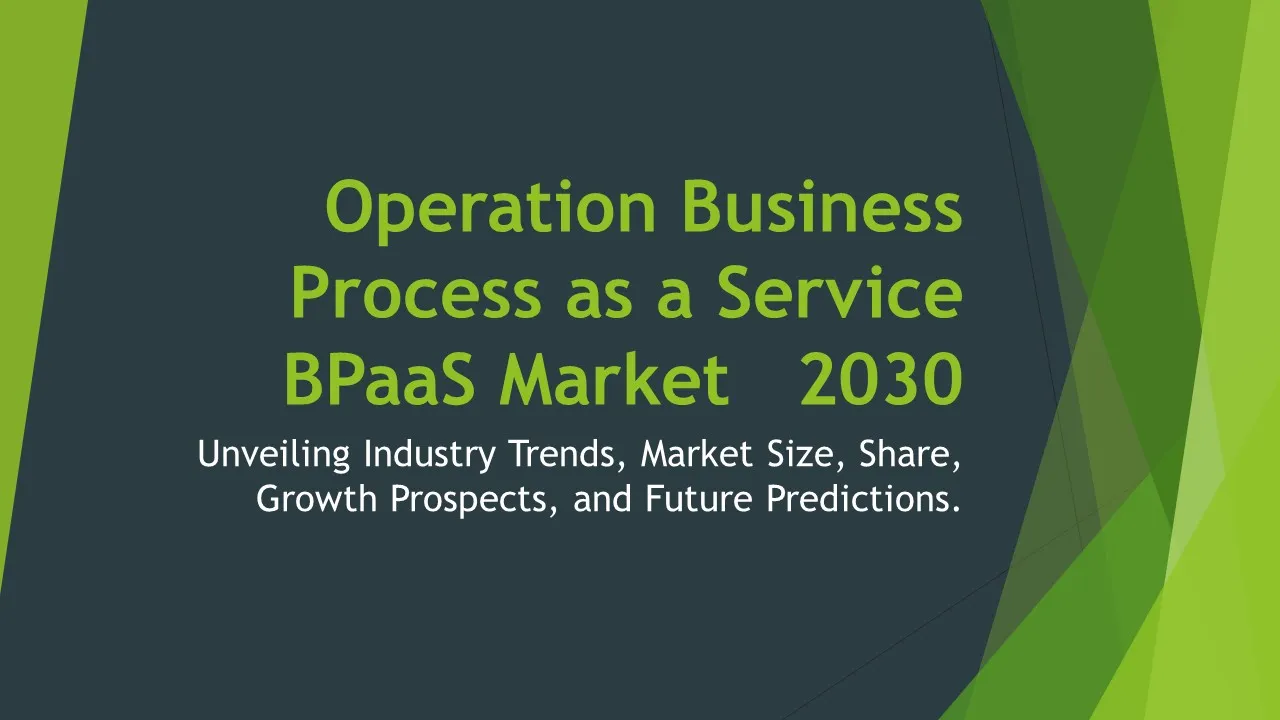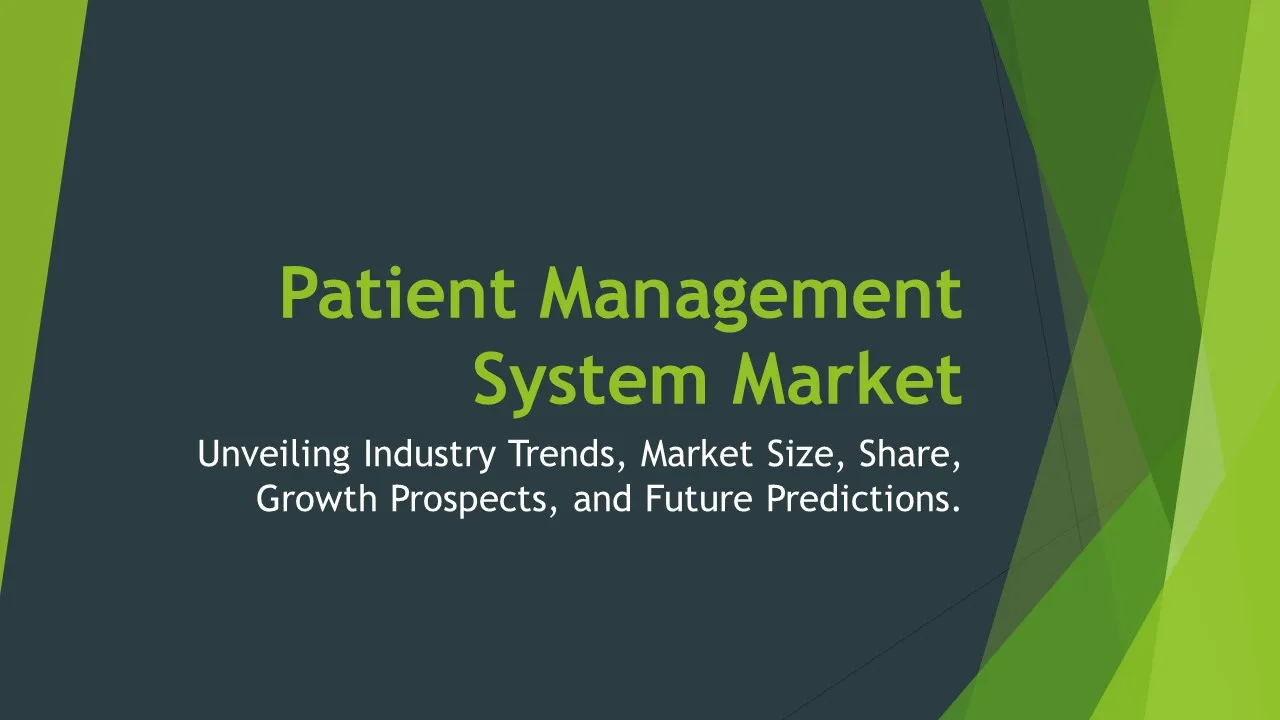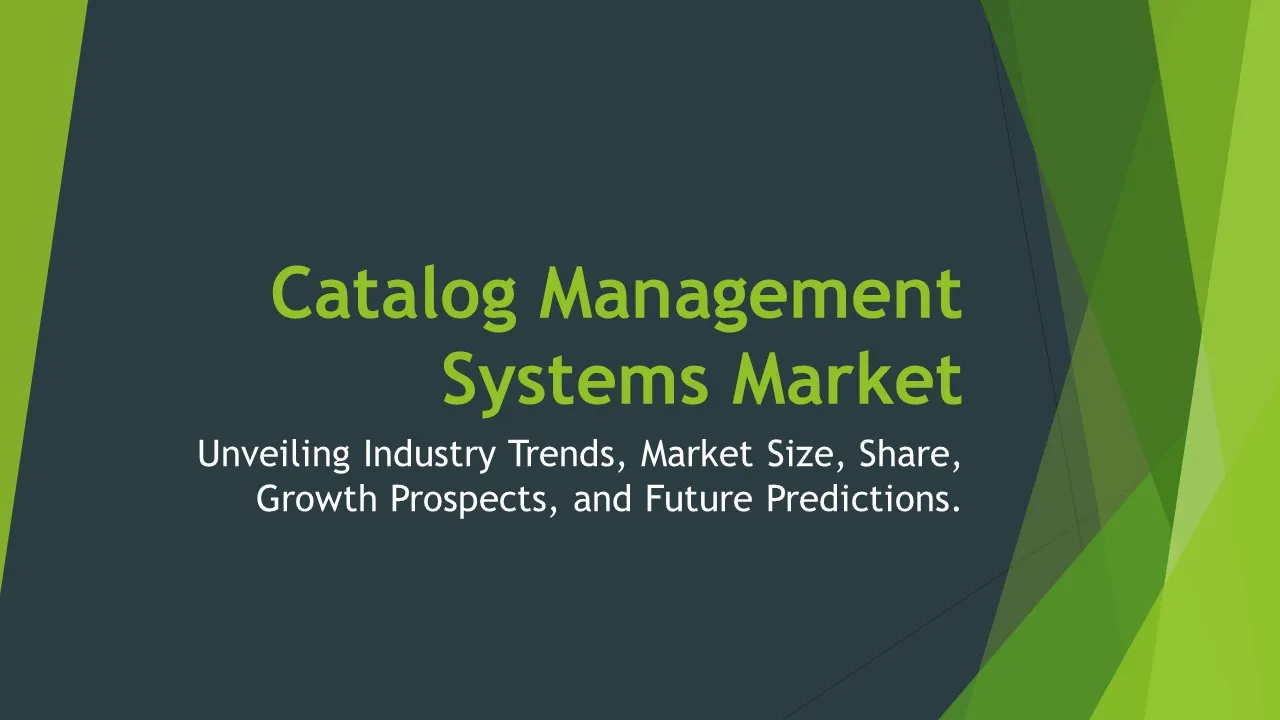AI Drug Development
AI Drug Development Market Segments - by Drug Type (Small Molecules, Biologics), Application (Oncology, Neurology, Cardiovascular, Infectious Diseases, Others), Technology (Machine Learning, Deep Learning, Natural Language Processing, Predictive Analytics, Others), End-User (Pharmaceutical Companies, Biotechnology Companies, Research Institutes, Contract Research Organizations), and Region (North America, Europe, Asia Pacific, Latin America, Middle East & Africa) - Global Industry Analysis, Growth, Share, Size, Trends, and Forecast 2025-2035
- Report Preview
- Table Of Content
- Segments
- Methodology
AI Drug Development Market Outlook
The global AI drug development market is projected to reach approximately USD 6.2 billion by 2035, growing at a compound annual growth rate (CAGR) of 40.4% during the forecast period from 2025 to 2035. The growth of this market is driven by the increasing demand for faster drug discovery processes, the rising prevalence of chronic diseases, and the need to reduce the costs associated with the traditional drug development pipeline. Moreover, advancements in artificial intelligence technologies, including machine learning and deep learning, have made it easier for researchers to analyze vast datasets and predict drug interactions, leading to enhanced efficiency and accuracy in drug development. Additionally, collaborations between pharmaceutical companies and technology firms are paving the way for innovative solutions that streamline the drug discovery process, further fueling market growth.
Growth Factor of the Market
One of the primary growth factors for the AI drug development market is the increasing necessity for personalized medicine, which requires precise data analysis to tailor treatments to individual patients. As healthcare shifts towards more customized solutions, AI technologies facilitate the identification of specific patient profiles that can benefit from targeted therapies. Furthermore, the integration of AI in drug development significantly reduces the time taken for clinical trials by enabling faster patient recruitment and optimized trial designs. The growing pressure on pharmaceutical companies to innovate and reduce R&D expenditure has led to the adoption of AI-driven solutions that enhance predictive capabilities and mitigate risks associated with drug failures. Additionally, the COVID-19 pandemic highlighted the importance of rapid drug development, further accelerating the adoption of AI in the pharmaceutical industry. Lastly, government initiatives and funding aimed at promoting AI in healthcare also act as a catalyst for market expansion.
Key Highlights of the Market
- Significant increase in investment and funding towards AI technologies in drug development.
- Emergence of collaborations between tech firms and pharmaceutical companies.
- Growing inclination towards personalized medicine and targeted therapies.
- Advancements in AI technologies enhancing drug discovery processes.
- Increased focus on data-driven decision-making in clinical trials.
By Drug Type
Small Molecules:
Small molecules have emerged as a vital segment in the AI drug development market due to their widespread use in various therapeutic areas, including oncology and cardiovascular diseases. These compounds are typically low molecular weight drugs that can easily be absorbed into cells, making them ideal candidates for treatments. AI algorithms are effectively utilized to predict the pharmacokinetics and toxicity profiles of small molecules, significantly speeding up the discovery process. Furthermore, the decreasing costs associated with high-throughput screening and the growing database of molecular interactions enable researchers to leverage AI to identify potential small molecule candidates with higher success rates. The trend towards developing more complex small molecules tailored for specific diseases also underscores the importance of AI-driven insights in optimizing drug development pipelines.
Biologics:
Biologics represent a rapidly growing segment within the AI drug development market, primarily due to their high efficacy in treating chronic and complex diseases. These large-molecule drugs, derived from living organisms, have transformed therapeutic approaches in areas like oncology and immunology. The use of AI in biologics development involves employing machine learning algorithms to analyze vast datasets related to biological interactions, which can help identify new targets for intervention. Furthermore, AI can enhance the optimization of biologics manufacturing processes, improving yield and reducing costs. The increasing prevalence of diseases that require biologic therapies, coupled with the growing understanding of complex biological pathways, positions this segment for significant growth as AI continues to play a crucial role in accelerating the discovery and development of biologics.
By Application
Oncology:
The oncology segment is witnessing substantial growth within the AI drug development market, driven by the urgent need for novel therapies amidst rising cancer incidences globally. AI technologies are being implemented to analyze genomic data and identify biomarkers, which are critical for the development of targeted cancer therapies. Machine learning models can predict patient responses to different treatments, enabling the design of personalized therapies that are more effective with fewer side effects. By leveraging AI-driven insights, researchers can streamline clinical trial processes, effectively matching patients with suitable therapies based on their genetic profiles. The increasing investment in oncology research, alongside AI's ability to process complex data, is expected to continue propelling the growth of this application segment.
Neurology:
The neurology segment is also experiencing significant advancements due to the integration of AI technologies in drug development. Neurological disorders such as Alzheimer’s and Parkinson’s disease pose unique challenges in treatment due to their complexity and the variability of patient responses. AI algorithms can analyze vast amounts of neuroimaging data and patient histories, leading to more accurate diagnoses and innovative therapeutic strategies. By utilizing predictive analytics, researchers are better equipped to understand disease progression and identify potential intervention points, ultimately facilitating the development of more effective treatments. As research continues to unfold in this area, AI's role in neurology is expected to grow, creating a profound impact on patient outcomes.
Cardiovascular:
Within the AI drug development market, the cardiovascular application segment is gaining momentum as cardiovascular diseases remain a leading cause of mortality worldwide. AI technologies are being employed to analyze clinical data and identify risk factors associated with various cardiovascular conditions, enabling the development of more precise therapeutic interventions. Furthermore, predictive modeling is increasingly used in clinical trials, allowing researchers to better gauge patient responses to new cardiovascular drugs while minimizing potential risks. The convergence of big data analytics and cardiovascular research is paving the way for improved prevention strategies and personalized treatment regimens, enhancing the overall effectiveness of cardiovascular therapies in the market.
Infectious Diseases:
The infectious diseases application segment is rapidly evolving as a result of the rising incidence of infectious outbreaks and the need for swift therapeutic responses. AI technologies are being utilized to analyze genomic sequences of pathogens, aiding in the rapid identification and characterization of new infectious agents. Machine learning models can predict the efficacy of drug candidates against specific pathogens, thereby optimizing the drug development process. Additionally, AI can assist in tracking the spread of infectious diseases, providing critical insights that inform public health strategies. As global health organizations push for faster responses to emerging infectious threats, the role of AI in this segment is anticipated to expand significantly.
By Technology
Machine Learning:
Machine learning is a pivotal technology within the AI drug development market, serving as a backbone for numerous applications across various drug development stages. By leveraging algorithms that improve through experience, machine learning can analyze large datasets to identify patterns and correlations that may not be apparent to human researchers. This capability is particularly beneficial in drug discovery, where machine learning models can predict molecular interactions, identify potential drug candidates, and optimize lead compounds. As the availability of biological data increases, machine learning continues to evolve, making it an essential tool for enhancing the efficiency and accuracy of drug development processes.
Deep Learning:
Deep learning represents an advanced subset of machine learning that utilizes neural networks with multiple layers to process complex data. This technology has gained traction in areas such as predicting drug responses and analyzing high-dimensional datasets, including genomic and proteomic information. Deep learning models are particularly effective in discovering new drug candidates by identifying intricate patterns in biological data that traditional methods may overlook. As research progresses, deep learning is expected to drive innovation in drug design, optimizing the development of highly specialized therapies tailored to individual patient needs.
Natural Language Processing:
Natural language processing (NLP) is becoming increasingly relevant in the AI drug development market as it enables the analysis of clinical literature, patient records, and research data. By utilizing NLP techniques, researchers can extract valuable insights from unstructured text data, facilitating the identification of drug interactions and side effects. This technology enhances the efficiency of literature reviews and accelerates the discovery of new therapeutic targets by processing vast amounts of information quickly. As the volume of available data continues to grow, the application of NLP in drug development is expected to expand, providing essential support for researchers in their quest for innovative therapies.
Predictive Analytics:
Predictive analytics plays a crucial role in the AI drug development market by leveraging historical data to forecast future outcomes in drug development processes. This technology aids researchers in identifying the likelihood of success for various drug candidates based on previous clinical trial data and patient demographics. By utilizing predictive models, companies can make informed decisions regarding the allocation of resources and the design of clinical trials, ultimately reducing the time and cost associated with bringing new drugs to market. The growing trend towards data-driven decision-making in drug development will further solidify the importance of predictive analytics in this sector.
By User
Pharmaceutical Companies:
Pharmaceutical companies constitute a significant segment of the AI drug development market as they seek to enhance their R&D capabilities through the integration of AI technologies. These companies leverage AI to streamline drug discovery processes, optimize clinical trials, and reduce R&D costs, ultimately improving their competitive edge in the market. By utilizing machine learning and predictive analytics, pharmaceutical companies can make more informed decisions regarding drug development pathways, leading to higher success rates. Furthermore, the increasing collaboration between pharmaceutical firms and AI technology providers is expected to drive innovation and efficiency in the drug development landscape.
Biotechnology Companies:
Biotechnology companies are increasingly adopting AI technologies to augment their research efforts, particularly in the development of biologics and novel therapies. The unique nature of biotechnology products necessitates a deep understanding of complex biological interactions, making AI an invaluable tool for data analysis and predictive modeling. By harnessing the power of AI, biotechnology firms can accelerate their drug discovery processes and improve the precision of their therapeutic interventions. As the demand for innovative biopharmaceuticals grows, the integration of AI into biotech research is expected to expand significantly, driving further advancements in this sector.
Research Institutes:
Research institutes play a pivotal role in the AI drug development market, often serving as hubs for innovation and collaboration in drug discovery. These institutions leverage AI technologies to explore new therapeutic avenues and conduct preliminary research on drug candidates. By utilizing AI-driven data analysis, research institutes can identify emerging trends in drug development and contribute valuable insights to the pharmaceutical and biotechnology industries. Collaborative projects between research institutes and industry players are becoming increasingly common, fostering a spirit of innovation that is expected to yield groundbreaking advancements in the field of drug development.
Contract Research Organizations:
Contract research organizations (CROs) are integral to the AI drug development market, providing essential support services to pharmaceutical and biotechnology companies. As the demand for outsourced drug development services continues to rise, CROs are increasingly adopting AI technologies to enhance their operational efficiency. By utilizing AI-driven tools, CROs can optimize clinical trial design, improve patient recruitment, and streamline data analysis processes. This shift towards AI integration enables CROs to deliver faster and more accurate results to their clients, positioning them as key players in the evolving landscape of drug development. The growing trend of outsourcing R&D efforts is likely to further boost the adoption of AI within CROs, facilitating innovation across the industry.
By Region
The AI drug development market is witnessing varied growth dynamics across different regions, influenced by factors such as regulatory environments, investment levels, and technological advancements. North America leads the market, accounting for approximately 45% of the global share, driven by the presence of major pharmaceutical companies, robust research infrastructure, and significant investment in AI technologies. The region is projected to maintain a CAGR of 41.2%, fueled by ongoing collaborations between tech firms and pharmaceutical companies aimed at accelerating drug discovery processes. Europe follows closely, holding around 30% of the market share, with a strong focus on research initiatives and regulatory support for AI integration in healthcare.
In the Asia Pacific region, the AI drug development market is experiencing substantial growth, with a projected CAGR of 43.6% during the forecast period. The increasing demand for innovative therapies, coupled with the growing presence of biotechnology firms and research institutes, positions this region as a promising market for AI applications in drug development. Latin America and the Middle East & Africa account for the remaining share, with efforts to enhance healthcare infrastructure and foster innovation gradually driving the adoption of AI technologies in drug discovery. As awareness of AI's potential benefits grows, these regions are likely to witness a surge in investment and research initiatives aimed at leveraging AI in drug development.
Opportunities
The AI drug development market presents numerous opportunities for growth, particularly as the demand for personalized medicine continues to rise. As healthcare shifts towards tailored treatments, AI technologies play a crucial role in analyzing patient data and identifying the most effective therapeutic interventions. This trend is expected to drive investment in AI solutions that facilitate the development of customized therapies, thereby enhancing patient outcomes. Additionally, the ongoing advancements in AI algorithms and computational power are enabling the analysis of increasingly complex datasets, opening new avenues for drug discovery and development. As researchers continue to unlock the potential of AI, the market is likely to experience the emergence of innovative solutions that address unmet medical needs.
Moreover, the increasing collaboration between pharmaceutical companies and technology firms is paving the way for innovative AI-driven solutions that enhance drug development processes. These partnerships are focused on leveraging the strengths of both industries to accelerate the drug discovery pipeline and improve the efficiency of clinical trials. Additionally, the growing interest in AI applications for managing real-world evidence and pharmacovigilance is creating opportunities for companies to enhance their drug safety profiles and post-marketing surveillance efforts. As the AI drug development market continues to evolve, the potential for transformative breakthroughs in therapeutic interventions remains significant, positioning it as a critical area for investment and innovation.
Threats
Despite the promising outlook for the AI drug development market, several threats could impede its growth. One of the primary concerns is the regulatory environment surrounding the use of AI technologies in healthcare. As regulatory bodies strive to ensure patient safety and data integrity, the evolving nature of AI algorithms poses challenges in terms of compliance and validation. Uncertainties regarding the regulatory framework may hinder the adoption of AI solutions in drug development, potentially delaying the introduction of innovative therapies to the market. Furthermore, concerns regarding data privacy and security can also deter pharmaceutical and biotechnology companies from fully embracing AI technologies, as the risk of data breaches or misuse remains a significant threat.
Another major threat to the AI drug development market is the potential for biased algorithms resulting from incomplete or unrepresentative datasets. If AI systems are trained on biased data, they may generate skewed predictions that could adversely affect treatment outcomes. This issue highlights the importance of transparency and accountability in the development of AI-driven solutions, as companies must ensure that their algorithms are built on diverse and comprehensive datasets. Additionally, the rapid pace of technological advancements may lead to a knowledge gap among industry stakeholders, with some organizations struggling to keep up with the latest developments in AI. This disparity could result in competitive disadvantages for those unable to adapt, further complicating the landscape of AI drug development.
Competitor Outlook
- IBM Watson Health
- Atomwise
- Insilico Medicine
- Biorelate
- Exscientia
- Chrono Therapeutics
- Tempus Labs
- Deep Genomics
- GNS Healthcare
- Recursion Pharmaceuticals
- BenevolentAI
- Pfizer
- Novartis
- Roche
- AstraZeneca
The overall competitive landscape of the AI drug development market is characterized by a dynamic interplay of established pharmaceutical companies, innovative biotech firms, and specialized technology providers. As the demand for AI-driven solutions continues to rise, these players are increasingly investing in research and development to enhance their offerings and maintain a competitive edge. The industry is witnessing a trend towards collaborations and partnerships, allowing companies to pool resources, share expertise, and accelerate the development of AI technologies that address specific challenges in drug development. Additionally, the entry of startups focused solely on AI applications in healthcare is intensifying competition, fostering an environment ripe for innovation and growth.
Notably, companies like IBM Watson Health are leveraging their extensive experience in AI and data analytics to develop tailored solutions for drug development, differentiating themselves in this competitive market. Similarly, Atomwise and Insilico Medicine are at the forefront of using AI for drug discovery, employing cutting-edge algorithms to predict molecular behavior and optimize drug candidates. These firms exemplify how technology-driven approaches can streamline the drug development process, ultimately leading to more effective therapies. As the market matures, established players and emerging startups alike will need to continuously innovate to keep pace with the evolving landscape and meet the growing demands of the pharmaceutical and biotechnology sectors.
Additionally, major pharmaceutical companies such as Pfizer, Novartis, Roche, and AstraZeneca are increasingly recognizing the value of AI in enhancing their R&D capabilities. These companies are investing in internal AI initiatives and forming strategic partnerships with tech firms to leverage AI-driven solutions for drug discovery and development. By incorporating AI technologies into their workflows, these pharmaceutical giants aim to optimize their development pipelines, reduce time-to-market, and improve patient outcomes. As the competitive landscape continues to evolve, the successful integration of AI into traditional drug development processes will be a critical determinant of success for companies operating in this space.
1 Appendix
- 1.1 List of Tables
- 1.2 List of Figures
2 Introduction
- 2.1 Market Definition
- 2.2 Scope of the Report
- 2.3 Study Assumptions
- 2.4 Base Currency & Forecast Periods
3 Market Dynamics
- 3.1 Market Growth Factors
- 3.2 Economic & Global Events
- 3.3 Innovation Trends
- 3.4 Supply Chain Analysis
4 Consumer Behavior
- 4.1 Market Trends
- 4.2 Pricing Analysis
- 4.3 Buyer Insights
5 Key Player Profiles
- 5.1 Roche
- 5.1.1 Business Overview
- 5.1.2 Products & Services
- 5.1.3 Financials
- 5.1.4 Recent Developments
- 5.1.5 SWOT Analysis
- 5.2 Pfizer
- 5.2.1 Business Overview
- 5.2.2 Products & Services
- 5.2.3 Financials
- 5.2.4 Recent Developments
- 5.2.5 SWOT Analysis
- 5.3 Atomwise
- 5.3.1 Business Overview
- 5.3.2 Products & Services
- 5.3.3 Financials
- 5.3.4 Recent Developments
- 5.3.5 SWOT Analysis
- 5.4 Novartis
- 5.4.1 Business Overview
- 5.4.2 Products & Services
- 5.4.3 Financials
- 5.4.4 Recent Developments
- 5.4.5 SWOT Analysis
- 5.5 Biorelate
- 5.5.1 Business Overview
- 5.5.2 Products & Services
- 5.5.3 Financials
- 5.5.4 Recent Developments
- 5.5.5 SWOT Analysis
- 5.6 Exscientia
- 5.6.1 Business Overview
- 5.6.2 Products & Services
- 5.6.3 Financials
- 5.6.4 Recent Developments
- 5.6.5 SWOT Analysis
- 5.7 AstraZeneca
- 5.7.1 Business Overview
- 5.7.2 Products & Services
- 5.7.3 Financials
- 5.7.4 Recent Developments
- 5.7.5 SWOT Analysis
- 5.8 Tempus Labs
- 5.8.1 Business Overview
- 5.8.2 Products & Services
- 5.8.3 Financials
- 5.8.4 Recent Developments
- 5.8.5 SWOT Analysis
- 5.9 BenevolentAI
- 5.9.1 Business Overview
- 5.9.2 Products & Services
- 5.9.3 Financials
- 5.9.4 Recent Developments
- 5.9.5 SWOT Analysis
- 5.10 Deep Genomics
- 5.10.1 Business Overview
- 5.10.2 Products & Services
- 5.10.3 Financials
- 5.10.4 Recent Developments
- 5.10.5 SWOT Analysis
- 5.11 GNS Healthcare
- 5.11.1 Business Overview
- 5.11.2 Products & Services
- 5.11.3 Financials
- 5.11.4 Recent Developments
- 5.11.5 SWOT Analysis
- 5.12 IBM Watson Health
- 5.12.1 Business Overview
- 5.12.2 Products & Services
- 5.12.3 Financials
- 5.12.4 Recent Developments
- 5.12.5 SWOT Analysis
- 5.13 Insilico Medicine
- 5.13.1 Business Overview
- 5.13.2 Products & Services
- 5.13.3 Financials
- 5.13.4 Recent Developments
- 5.13.5 SWOT Analysis
- 5.14 Chrono Therapeutics
- 5.14.1 Business Overview
- 5.14.2 Products & Services
- 5.14.3 Financials
- 5.14.4 Recent Developments
- 5.14.5 SWOT Analysis
- 5.15 Recursion Pharmaceuticals
- 5.15.1 Business Overview
- 5.15.2 Products & Services
- 5.15.3 Financials
- 5.15.4 Recent Developments
- 5.15.5 SWOT Analysis
- 5.1 Roche
6 Market Segmentation
- 6.1 AI Drug Development Market, By User
- 6.1.1 Pharmaceutical Companies
- 6.1.2 Biotechnology Companies
- 6.1.3 Research Institutes
- 6.1.4 Contract Research Organizations
- 6.2 AI Drug Development Market, By Drug Type
- 6.2.1 Small Molecules
- 6.2.2 Biologics
- 6.3 AI Drug Development Market, By Technology
- 6.3.1 Machine Learning
- 6.3.2 Deep Learning
- 6.3.3 Natural Language Processing
- 6.3.4 Predictive Analytics
- 6.3.5 Others
- 6.4 AI Drug Development Market, By Application
- 6.4.1 Oncology
- 6.4.2 Neurology
- 6.4.3 Cardiovascular
- 6.4.4 Infectious Diseases
- 6.4.5 Others
- 6.1 AI Drug Development Market, By User
7 Competitive Analysis
- 7.1 Key Player Comparison
- 7.2 Market Share Analysis
- 7.3 Investment Trends
- 7.4 SWOT Analysis
8 Research Methodology
- 8.1 Analysis Design
- 8.2 Research Phases
- 8.3 Study Timeline
9 Future Market Outlook
- 9.1 Growth Forecast
- 9.2 Market Evolution
10 Geographical Overview
- 10.1 Europe - Market Analysis
- 10.1.1 By Country
- 10.1.1.1 UK
- 10.1.1.2 France
- 10.1.1.3 Germany
- 10.1.1.4 Spain
- 10.1.1.5 Italy
- 10.1.1 By Country
- 10.2 Asia Pacific - Market Analysis
- 10.2.1 By Country
- 10.2.1.1 India
- 10.2.1.2 China
- 10.2.1.3 Japan
- 10.2.1.4 South Korea
- 10.2.1 By Country
- 10.3 Latin America - Market Analysis
- 10.3.1 By Country
- 10.3.1.1 Brazil
- 10.3.1.2 Argentina
- 10.3.1.3 Mexico
- 10.3.1 By Country
- 10.4 North America - Market Analysis
- 10.4.1 By Country
- 10.4.1.1 USA
- 10.4.1.2 Canada
- 10.4.1 By Country
- 10.5 AI Drug Development Market by Region
- 10.6 Middle East & Africa - Market Analysis
- 10.6.1 By Country
- 10.6.1.1 Middle East
- 10.6.1.2 Africa
- 10.6.1 By Country
- 10.1 Europe - Market Analysis
11 Global Economic Factors
- 11.1 Inflation Impact
- 11.2 Trade Policies
12 Technology & Innovation
- 12.1 Emerging Technologies
- 12.2 AI & Digital Trends
- 12.3 Patent Research
13 Investment & Market Growth
- 13.1 Funding Trends
- 13.2 Future Market Projections
14 Market Overview & Key Insights
- 14.1 Executive Summary
- 14.2 Key Trends
- 14.3 Market Challenges
- 14.4 Regulatory Landscape
Segments Analyzed in the Report
The global AI Drug Development market is categorized based on
By Drug Type
- Small Molecules
- Biologics
By Application
- Oncology
- Neurology
- Cardiovascular
- Infectious Diseases
- Others
By Technology
- Machine Learning
- Deep Learning
- Natural Language Processing
- Predictive Analytics
- Others
By User
- Pharmaceutical Companies
- Biotechnology Companies
- Research Institutes
- Contract Research Organizations
By Region
- North America
- Europe
- Asia Pacific
- Latin America
- Middle East & Africa
Key Players
- IBM Watson Health
- Atomwise
- Insilico Medicine
- Biorelate
- Exscientia
- Chrono Therapeutics
- Tempus Labs
- Deep Genomics
- GNS Healthcare
- Recursion Pharmaceuticals
- BenevolentAI
- Pfizer
- Novartis
- Roche
- AstraZeneca
- Publish Date : Jan 21 ,2025
- Report ID : IT-68793
- No. Of Pages : 100
- Format : |
- Ratings : 4.5 (110 Reviews)









